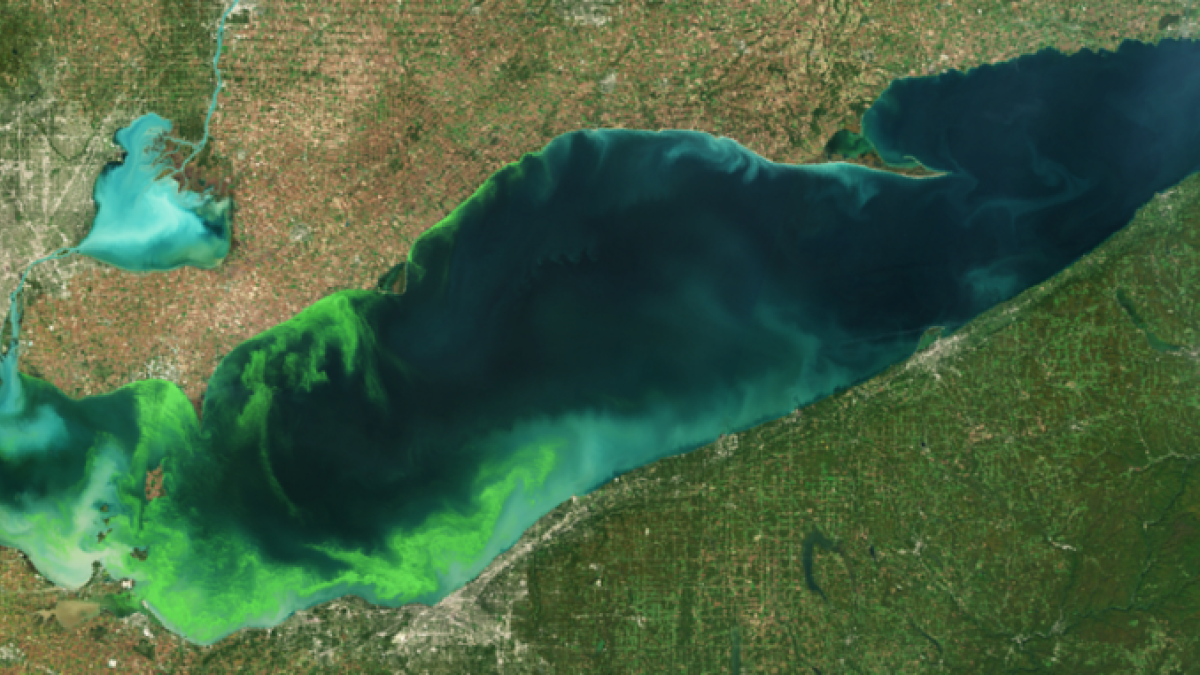Kaptur Announces $1.77 Million for Great Lakes Harmful Algal Bloom Research Projects

Washington, D.C. – Today, Congresswoman Marcy Kaptur (OH-09), Co-Chair of the House Great Lakes Task Force, announced $1,777,440 in federal funding from the National Oceanic and Atmospheric Administration (NOAA) to support five Great Lakes harmful algal bloom (HAB) research projects.
NOAA's National Centers for Coastal Ocean Sciences and Integrated Ocean Observing System Office have awarded funding to initiate one new HAB research project, and continue four existing research projects. These research projects will provide a better understanding of the causes and impacts of HABs, enhance HAB monitoring and response, and improve technologies for preventing, controlling, and mitigating HAB events.
"Addressing the health, economic, and environmental impacts wrought by Harmful Algal Blooms is essential for the long-term wellbeing of our Great Lakes region, said Rep. Kaptur. "This mission requires an all of government, community-wide response commensurate with the size and scope of the challenge – and we are grateful to be able to deliver this federal funding for the benefit of our region."
"Continued support of NOAA and NOAA-funded projects to address the human health impacts of harmful algal blooms is essential for our ability to translate research findings into real-world applications," said Dr. Jason Huntley, Associate Professor in the University of Toledo College of Medicine and Sciences. "We previously found that native freshwater bacteria from Lake Erie can destroy toxins produced during harmful algal blooms. It takes time and grant support to prove that this technology can be safely and cost effectively used for water filtration to protect human health."
A breakdown of the NOAA funding awards is below.
Continuing Awards
- $715,992 for the University of Toledo to develop and test the use of microcystin degrading bacteria to remove and degrade HAB toxins from drinking water.
- $323,191 for the University of Toledo, Bowling Green State University, Ohio State University, University of Michigan Cooperative Institute for Great Lakes Research, LimnoTech, Inc., and MBio Diagnostics, Inc. to create portable cyanotoxin detection technology for use by citizen scientists and decision makers.
- $200k for the Great Lakes Observing System to upgrade existing instrumentation in the Great Lakes to improve telemetry and HAB data integration.
- $303,503 for Bowling Green State University, State University of New York, and MBio Diagnostics to enhance existing technology for rapid, portable, multiplexed detection of harmful algal toxins in the Great Lakes.
New Award
- $234,754 for the University of Michigan Cooperative Institute for Great Lakes Research, Louisiana State University, and Monterey Bay Aquarium Research Institute to enhance the capabilities of the 3rd generation Environmental Sample Processor for HAB toxin detection through integration with an Autonomous Surface Vehicle.
More information on the awards can be found here.
###
For more information, contact Chris Dalton at chris.dalton@mail.house.gov or (202) 897-7438.